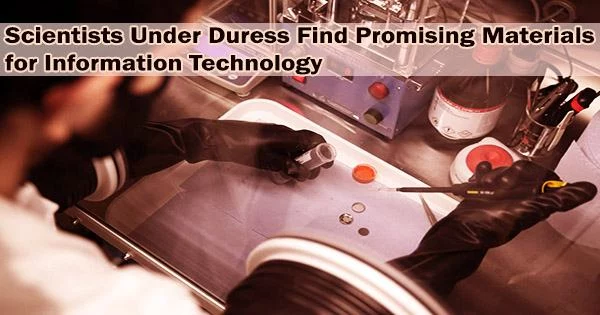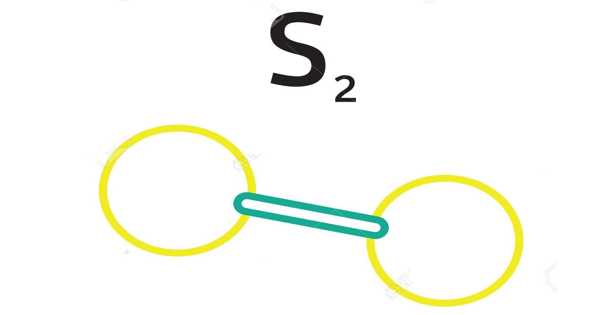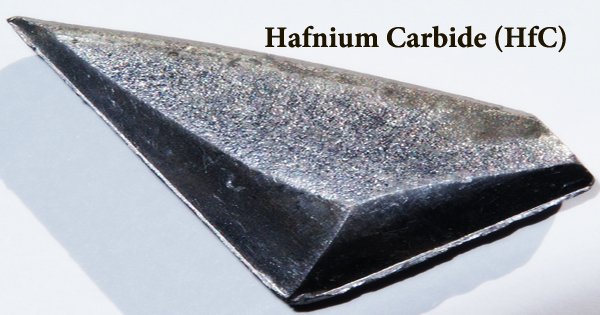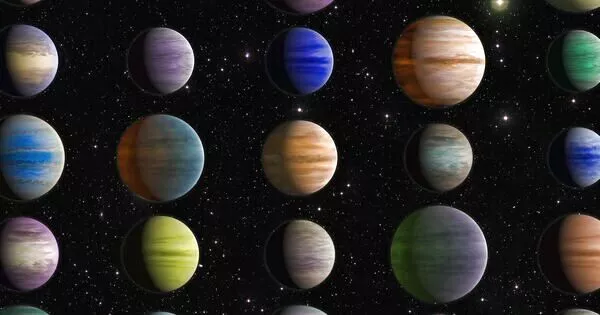A peculiar material has been found by scientists at the University of Bayreuth, whose crystal structure and electrical characteristics change considerably and abruptly when chilled to two degrees Celsius.
With the use of laser beams, the spacing between iron atoms may be customized in this new state. This creates fascinating opportunities for use in the area of information technology.
The Angewandte Chemie International Edition publication has published the scientists’ discovery. In-depth collaboration with partner facilities in Augsburg, Dresden, Hamburg, and Moscow led to the new discoveries.
The material is an unusual form of iron oxide with the formula Fe₅O₆. The researchers produced it at a pressure of 15 gigapascals in a high-pressure laboratory of the Bavarian Research Institute of Experimental Geochemistry & Geophysics (BGI) based at the University of Bayreuth.
A sudden structural shift takes place when the temperature falls to two degrees Celsius, as can be found in a home refrigerator that is set rather cold: Instead, iron ions, which are typically arranged in long chains at higher temperatures, pair up. A bond between two iron ions is formed, and it only consists of one shared electron.
It is possible to interfere with the creation of this new crystal structure by applying light rays selectively from an outside source. They can cause an ion pair to split if they have the right wavelength to break the link between two specific iron ions.
This targeted influencing of atomic spacing at refrigerator temperatures, which are easy to achieve industrially, has great potential for application in the IT sector. It can be used, for example, in quantum computers, for storage elements measuring only a few nanometers, or for equally tiny switches.
Dr. Sergey Ovsyannikov
As a result, the individual iron ions start to migrate about a little bit, which causes a change in their physical state and distance from one another.
“This targeted influencing of atomic spacing at refrigerator temperatures, which are easy to achieve industrially, has great potential for application in the IT sector. It can be used, for example, in quantum computers, for storage elements measuring only a few nanometers, or for equally tiny switches,” explains Dr. Sergey Ovsyannikov from BGI, first author of the publication.
It is crucial to understand the connections between the crystal structure of iron oxides and their physical properties through the synthesis and study of iron oxide Fe5O6. This is an additional study finding that has just been released.
At typical ambient temperatures, iron ions are strung together in chains. It’s interesting to note that the distance between the iron ions appears to dictate at precisely which lower temperature the aforementioned rapid structural change occurs, and the accompanying new features emerge.
“These findings provide a valuable basis for developing new materials for information technology,” says Prof. Dr. Leonid Dubrovinsky from BGI, who coordinated the research work.
The “Verwey charge-order transition” is the term used in physics to describe the important structural change in iron oxide Fe5O6 that has just been identified by researchers. Up till now, only iron oxide Fe3O4 has been thoroughly researched for such a temperature-dependent transition that is accompanied by a change in electrical and other properties.
However, the changes in this substance only take place when the temperature falls to minus 153 degrees Celsius. Any information technology applications would be challenging to implement at this transition temperature.
















